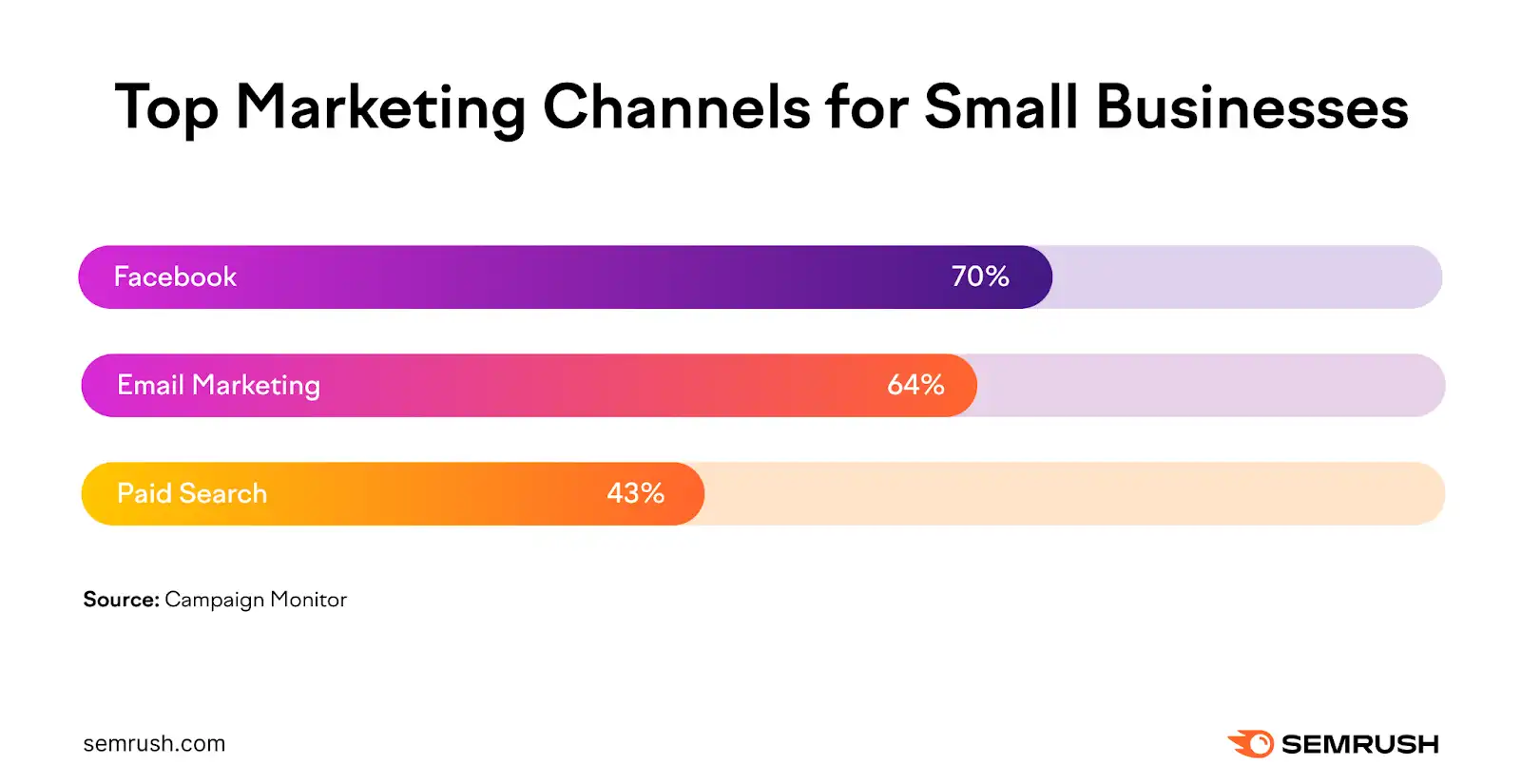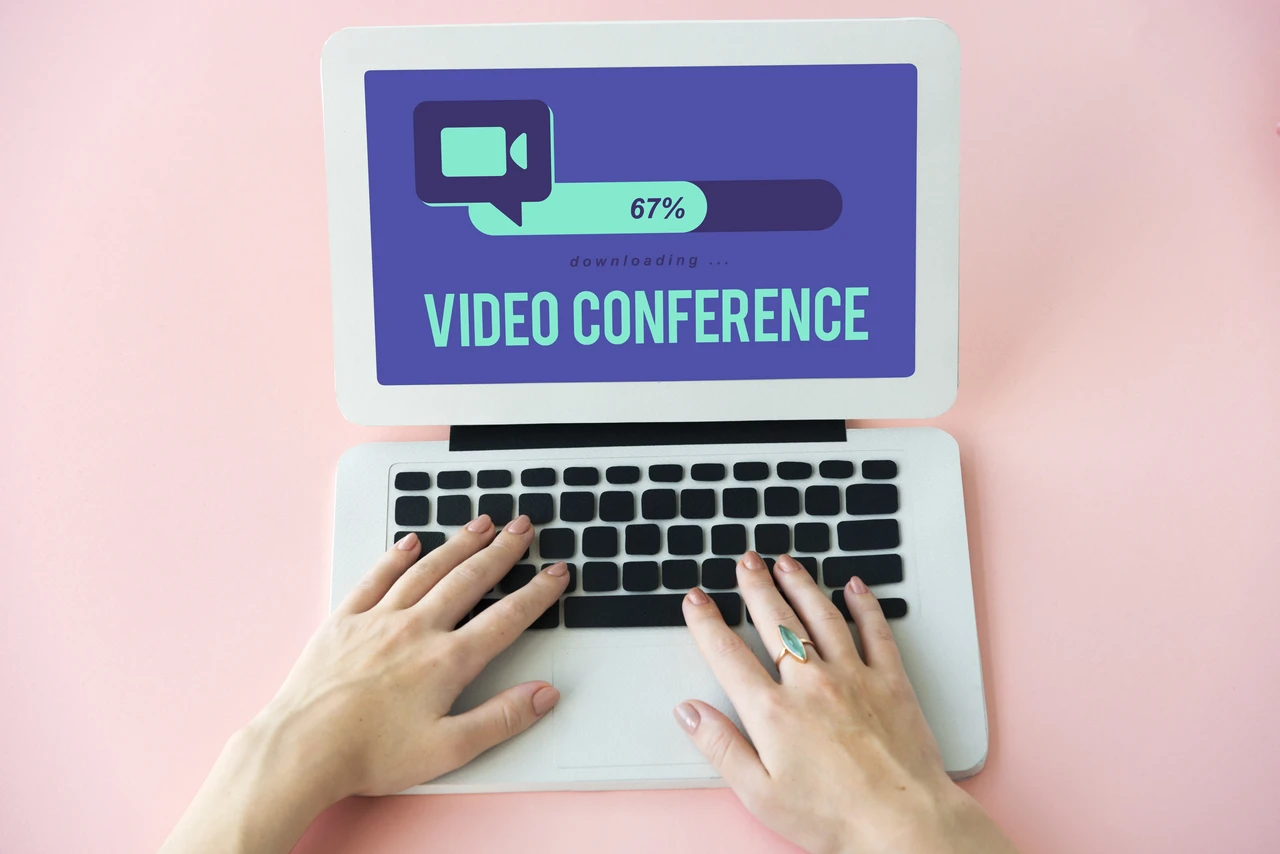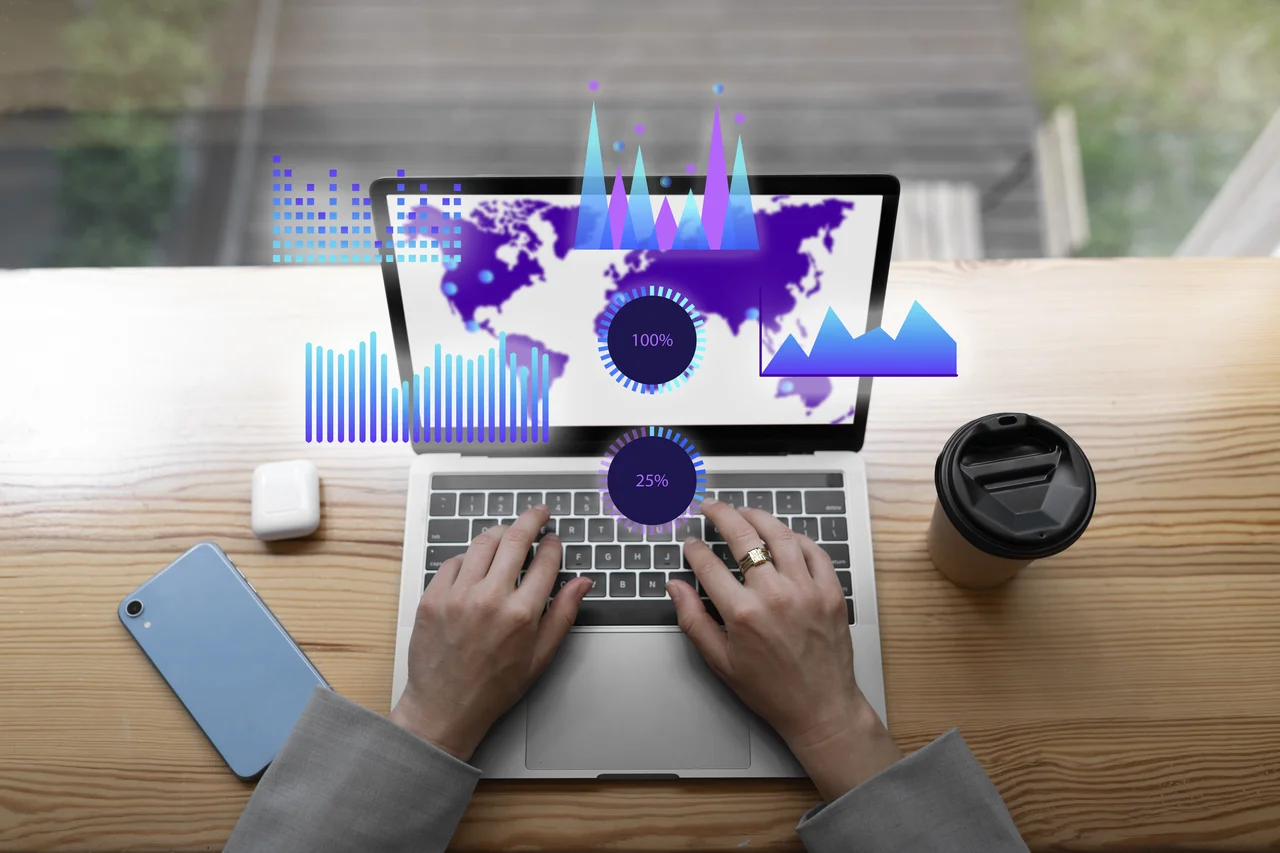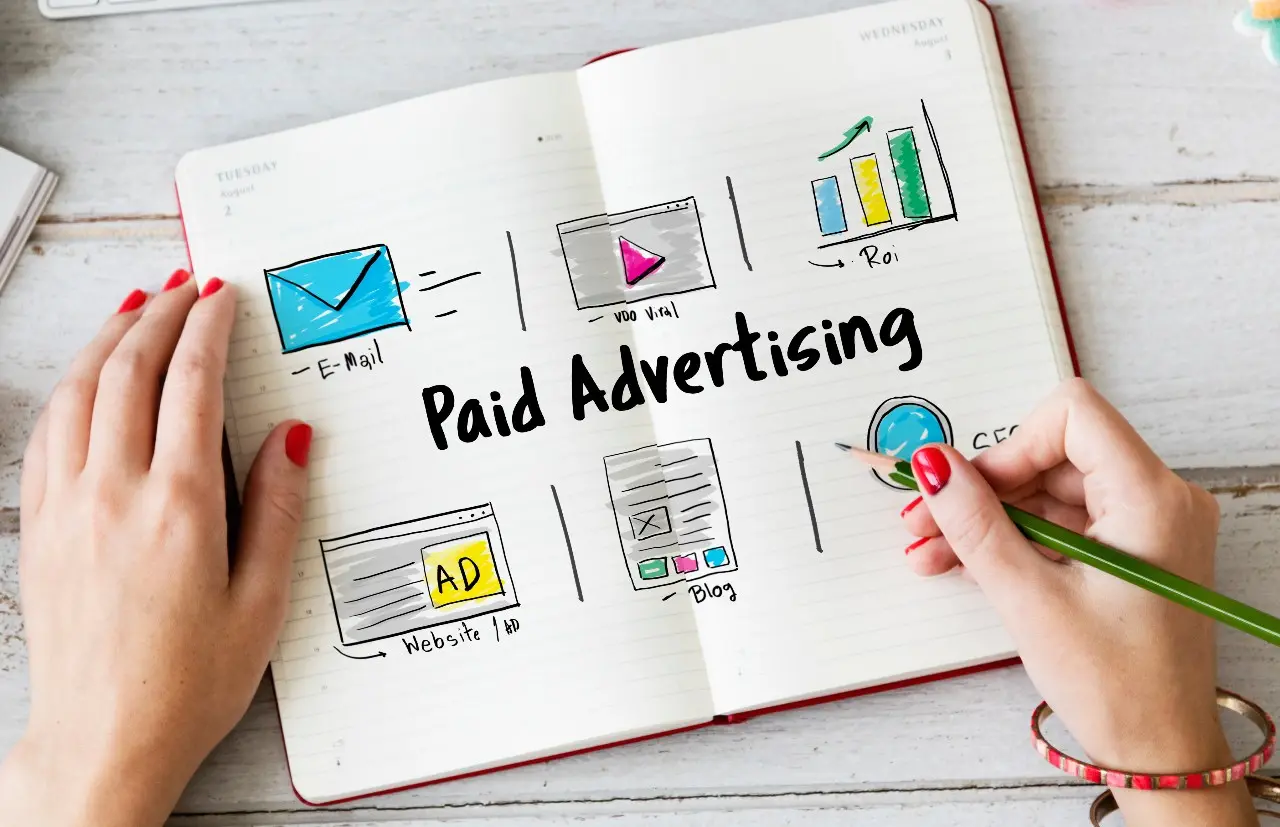Listen to article
In today’s business environment, every penny counts. This is especially true for B2B marketers who are constantly seeking ways to maximize their resources and achieve the highest ROI. With marketing budgets under increased scrutiny, it’s crucial to identify and leverage cost-effective tactics that deliver measurable results.
But how can brands with limited resources make the most of their marketing spend? Which strategies offer the best bang for your buck?
This article dives into budget-wise channels that B2B brands can utilize to drive growth without breaking the bank. From optimizing content for user needs to harnessing the power of video and social media, we’ll explore actionable strategies that help you reach your target audience, generate leads, and achieve your marketing goals, all while keeping a close eye on the bottom line.
Rethinking Content Strategies to Connect with Cost-Conscious B2B Buyers
As economic pressures mount, B2B buyers are sharpening their focus on value and accountability. This shift means marketers must go beyond conventional sales tactics to meet buyers where they are—providing transparency, actionable insights, and solutions that address tightened budgets and heightened scrutiny. To thrive in today’s market, businesses must prioritize content that satisfies a buyer’s need for both tangible ROI and trust-building engagement.
- More stakeholders in the mix: 26% of B2B buyers report involving more people in purchasing decisions, making it essential to create content that speaks to multiple roles and encourages organizational alignment. Source
- ROI is under the microscope: With 44% of buyers conducting deeper ROI analyses before committing, your content must be data-driven and clearly outline measurable benefits. Source
- Time spent researching is increasing: 34% of buyers are dedicating more time to vetting potential solutions, creating an opportunity for brands to position themselves as trusted educators through accessible and informative resources. Source
- Tighter budgets mean slower decisions: With 34% of buyers delaying purchases due to budget freezes and 25% facing reduced overall budgets, tailoring your content to highlight flexible pricing plans, free trials, and cost-efficient ROI is crucial. Source
- Trust remains a key factor: Peer recommendations and reviews influence buying decisions for 33% of B2B buyers, making social proof—such as testimonials, case studies, and expert endorsements—a cornerstone of your strategy. Source
Key Takeaway
Today’s cost-conscious buyers demand more than just competitive pricing—they expect clear, tangible value that aligns with their organizational goals. Crafting content that highlights ROI, builds trust through social proof, and adapts to longer sales cycles is no longer optional. For brands looking to gain an edge, addressing underlying budget challenges with innovative solutions like tiered pricing models or collaborative virtual workshops can help stand out.
Pro Tip:
Develop content such as whitepapers or blog posts focused on specific cost-saving strategies your product offers. Pair this with empathetic messaging that reflects an understanding of decision-makers’ financial pressures, and you’ll foster deeper connections and trust during uncertain times.
Crafting Value-Driven Content That Maximizes ROI
In a competitive landscape where budgets are stretched thin, content marketing remains one of the most cost-efficient tools, but only if done right. Instead of casting a wide net, brands that focus on solving specific customer challenges or questions can create targeted, impactful content. This approach not only builds trust but also drives conversions, making it particularly valuable for resource-conscious marketers aiming for maximum returns.
- A compelling 87% of top-performing marketers prioritize addressing user pain points rather than pushing direct sales messages. Source
- Crafting content that directly tackles customer pain points during every stage of the sales funnel is reported as the most effective strategy for increasing content marketing ROI. Source
- Certain formats, such as “how-to” blogs, competitor comparison pages, and “alternatives to” pages, are especially successful in addressing customer concerns while driving conversions. Source
Key Takeaway
In a market saturated with generic messaging, addressing customer pain points is a game-changer—especially for brands working with limited resources. By focusing on what genuinely matters to their audience, marketers can deliver meaningful content that sparks engagement and guides users through the buyer’s journey, all while optimizing budgets. The secret lies in depth, not breadth: instead of producing more content, create better content that resonates with your audience’s unique challenges.
Pro Tip:
Use tools like Google Search Console, Quora, or Answer the Public to uncover trending customer questions and pain points. Pair these insights with formats like FAQs, comparison guides, or tutorials to ensure you’re offering value that drives measurable results.
Build Trust and Drive Decisions with Data-Backed Content
In the B2B landscape, decision-makers are less swayed by flashy marketing and more compelled by content that informs and instills confidence. Research and data-backed content act as the backbone of trust, enabling brands to communicate authority while empowering buyers to make well-informed decisions. Whether through case studies showcasing success, surveys revealing industry trends, or research reports rooted in statistics, this approach not only attracts attention but fosters long-term credibility.
- B2B buyers are particularly drawn to content formats like case studies, surveys, and research reports that deliver actionable data to support purchasing decisions. Source
- Nearly 48% of B2B marketers rank research reports among their most effective content formats. Source
Key Takeaway
Creating content that integrates credible research does more than deliver information—it cultivates trust, making your brand a go-to resource in the industry. By showcasing expertise through metrics, trends, and real-world examples, you empower potential customers to see your solutions as thoughtful and reliable.
Pro Tip:
Take your content strategy to the next level by combining your own insights with trusted third-party research. For example, use existing industry data as a foundation, then layer in your proprietary findings or client case study results. Visual formats like infographics and videos not only make data easier to digest but also significantly boost engagement and shareability. For brands with limited resources, exploring digital marketing strategies for small businesses can offer cost-effective ways to amplify the reach of your research-backed content.
Tapping into the Power of Video Marketing and TikTok for Cost-Effective Growth
In an era where high-impact visuals drive consumer decisions, video content has solidified its place as one of the most effective tools for lead generation and customer acquisition. The accessibility of video creation, coupled with platforms like TikTok, offers brands an opportunity to reach massive audiences even on a tight budget. For resource-conscious companies, combining the universal appeal of video with TikTok’s growing potential can deliver meaningful results without straining finances.
- 90% of marketers report that video content has been instrumental in generating leads. Source
- 78% of marketers have seen a direct increase in sales as a result of using video content in their marketing efforts. Source
- 93% of brands have acquired new customers through videos shared on social media. Source
- Only about 10% of video marketers have experimented with TikTok. Source
- Of those who’ve used TikTok, 66% report achieving success. Source
- TikTok videos that feature a product or key message in the first three seconds have the highest click-through rates, with 63% of top-performing videos leveraging this technique. Source
- Vertical TikTok videos (9:16 format) have a 25% higher six-second watch-through rate compared to horizontal ones. Source
Key Takeaway
The data underscores the unrivaled potential of video marketing, especially when harnessed for platforms like TikTok. With its low barrier to entry and a creative-first approach, TikTok provides a goldmine for brands wanting to reach younger, engaged audiences without splurging on traditional advertising channels. By focusing on short, captivating videos tailored to this platform’s unique style, businesses can not only generate quality leads but also foster authentic connections with viewers.
Pro Tip:
Use storytelling to craft videos that connect emotionally with your audience. On TikTok, authenticity rules—creators who embrace trends, lean into spontaneous moments, or showcase behind-the-scenes glimpses often resonate more deeply. Pair this with quick, vertical videos that prioritize your core message in the first few seconds for maximum impact.
Why Email Marketing is a Smart Investment for Brands on a Tight Budget
For businesses looking to balance impactful marketing with limited resources, email marketing stands out as a clear winner. It’s more than just a cost-effective strategy—it’s a powerhouse for customer engagement, product promotion, and long-term audience nurturing. With its versatility and proven results, email marketing empowers brands to deliver personalized messages at scale, driving measurable impact without straining budgets.
- A strong 77% of B2B agencies and companies integrate email newsletters into their content strategies, making it a cornerstone for lead nurturing and audience engagement. Source
- Email remains high on the priority list for 93% of B2B marketers as a content distribution channel, slightly ahead of social media at 92%. Source
- For 16% of email marketers, the primary focus is driving product awareness and promotions, illustrating email’s pivotal role in influencing purchase decisions. Source
- Conversion rates (26.5%) and click-through rates (24%) are the top metrics tracked by email marketers to evaluate campaign success. Source
- Personalization is a top priority, with 52% of email marketers planning to implement personalized campaigns to enhance audience connections. Source
- Automation is on the rise, with 48% of email marketers already leveraging it to optimize efficiency, and 35% planning to expand automated workflows. Source
- For many businesses, email marketing represents 7.8% of their total marketing budget—a small investment for significant returns. Source
- The future looks bright: 87% of marketers aim to either increase or maintain their current email marketing budgets, underscoring confidence in its ROI potential. Source
Key Takeaway
Email marketing isn’t just surviving in the digital age; it’s thriving. Its adaptability to evolving consumer behaviors—think personalization, automation, and data-driven insights—makes it a vital component of any resource-conscious marketing strategy. By focusing on segmented, personalized campaigns and leveraging automation, brands can amplify their reach while maintaining efficiency. The result? Higher ROI, stronger audience relationships, and a strategy that delivers long after the send button has been clicked.
Pro Tip:
To get the most out of email marketing, start by investing in segmentation and A/B testing. Target specific audience groups with tailored content, and test subject lines, CTAs, or visuals to identify what drives the highest engagement. Additionally, combine automation tools with personalization to streamline repetitive tasks, enabling you to focus on crafting content that resonates with your audience.
High-Impact Social Media Strategies: LinkedIn and Reddit

Source: Semrush
For resourceful B2B marketers, social media is more than a distribution channel—it’s a powerful, budget-friendly tool for building meaningful connections and amplifying visibility. Strategic use of platforms like LinkedIn and Reddit can open the door to highly targeted audiences, allowing brands to maximize ROI without overspending. LinkedIn stands out for its professional network and wealth of decision-makers, while Reddit offers a direct line into niche communities where opinions shape buying behavior. By tailoring content to the nuances of each platform, brands can achieve far-reaching impact, even with limited resources.
- Social media is the leading content distribution channel for B2B marketers, with 90% utilizing it to share their content. Source
- LinkedIn is considered the most valuable platform by 84% of B2B marketers, thanks to its professional focus and robust targeting features. Source
Key Takeaway
Whether you’re connecting with business leaders on LinkedIn or joining consumer-driven discussions on Reddit, smart allocation of your social media budget can deliver impressive results. LinkedIn’s ability to foster professional relationships and thought leadership makes it indispensable for B2B brands, while Reddit’s community-driven format offers an opportunity to authentically influence purchasing decisions.
Pro Tip:
Leverage LinkedIn’s targeting capabilities to create posts and ads that speak directly to industry pain points, and experiment with thought-provoking LinkedIn articles to cement your authority. On Reddit, success hinges on authenticity—engage directly with niche communities by addressing specific topics and concerns in a way that adds genuine value.
Brand Potential with PPC and Display Advertising
For brands striving to stay competitive, leveraging PPC (pay-per-click) and display ads can be a game-changer. These advertising channels not only amplify your brand’s visibility but also offer measurable results, making them ideal for businesses with tight budgets aiming for maximum impact. By understanding their unique strengths and cost dynamics, marketers can confidently allocate resources to the platforms that align best with their goals.
- Display ads drive brand searches: Research shows that consumers exposed to display ads are 155% more likely to search for brand-related terms. This highlights the effectiveness of display ads in improving brand recall and driving engagement. Source
- PPC campaigns fuel brand awareness: Pay-per-click advertising can boost brand awareness by as much as 46%, making it a valuable tool for increasing your brand’s visibility in competitive markets. Source
- Facebook offers cost-effective CPC: With an average cost per click (CPC) of just $1.86, Facebook ads present an affordable option for brands on a budget compared to other platforms. Source
- Google Ads: Higher CPC, versatile options: Google Ads come with an average CPC of $2.69 for search campaigns but just $0.63 for display ads, offering flexibility depending on your campaign goals and budget. Source
- Facebook excels at conversions: Facebook ads achieve a strong average conversion rate of 9.21%, outpacing many other digital ad platforms in turning clicks into meaningful actions. Source
- Dominance in social PPC: Facebook captures 21.5% of the social media PPC market, reaffirming its status as a go-to platform for paid social advertising. Source
Key Takeaway
The effectiveness of PPC and display ads lies not just in their ability to boost visibility but in how strategically they are used. Display ads excel in driving top-of-funnel awareness, while PPC campaigns deliver measurable results at various stages of the buyer journey. Platforms like Facebook dominate in affordability and engagement, but Google Ads provide unparalleled targeting flexibility across search and display networks. The key is to choose the platform that aligns best with your audience behavior and campaign objectives.
Pro Tip:
Pair data-driven targeting with compelling creative to drive better results. Use A/B testing to refine your ad visuals, copy, and calls-to-action for each platform. Also, divide your budget wisely—use Facebook for cost-effective engagement and broader reach, and Google Ads for intent-based targeting and high-converting leads.
Keep a Close Eye on PPC Campaigns to Maximize ROI
When resources are tight, every dollar in your marketing budget must work harder. PPC campaigns are an incredibly effective tool for driving traffic and leads, but without consistent oversight, they can quickly become a leaky bucket for your budget. Inefficient spending, poorly performing keywords, or unoptimized ads can go unnoticed if campaigns aren’t reviewed regularly.
- Shockingly, 72% of companies admit they haven’t reviewed their PPC ad campaigns in the last month, which opens the door to significant budget waste. Source
Key Takeaway
Monitoring PPC performance isn’t just a best practice—it’s a strategic necessity. By regularly analyzing campaign data—including click-through rates, conversion costs, and keyword performance—you can spot ad fatigue or wasted spend before it drains your budget. This proactive approach ensures your investment works smarter, not harder, and maximizes returns on every ad dollar spent.
Pro Tip:
Use PPC tools like Google Ads’ automated rules or third-party platforms such as SEMrush or Optmyzr to set up real-time alerts for key performance indicators. For example, create notifications for rising costs or underperforming keywords to make timely adjustments and protect your budget from unnecessary losses.
Mastering Metrics: How B2B Marketers Can Drive ROI with Smarter Performance Tracking
For B2B marketers operating on tight budgets, understanding which metrics deliver the most value can be a game-changer. Metrics are not just numbers—they tell the story of your campaigns’ successes and reveal optimization opportunities that can stretch your budget further. Yet, many marketers struggle to track ROI effectively, missing out on valuable insights that can not only justify current investments but also pave the way for future growth. To remain competitive in today’s data-driven world, prioritizing the right performance indicators is non-negotiable.
- Website engagement (69%), conversions (67%), website traffic (65%), and email engagement (64%) are the top metrics marketers use to evaluate B2B content performance. Source
- Shockingly, 47% of marketers fail to track the return on investment (ROI) of their content marketing efforts. Source
- Data-driven marketers are thriving: 26% say leveraging data effectively has boosted their overall ROI. Source
Key Takeaway
Understanding your metrics isn’t just about knowing what worked; it’s about unlocking the potential of what could work better. For example, if website engagement or email performance isn’t where it should be, it might signal a need for better-targeted content or optimized calls-to-action. The fact that nearly half of marketers aren’t tracking ROI reflects a missed opportunity to demonstrate value and refine strategies—being in that 47% can leave your team without the insights needed to push boundaries.
Pro Tip:
Start small but aim big. Use tools such as Google Analytics, HubSpot, or Tableau to track your most essential metrics. Set benchmarks, and rather than getting bogged down in vanity metrics, focus on those that tie directly to revenue, like conversion rates or lead quality. Regularly evaluate data trends to spot weak points and refine your strategy, ensuring every dollar you spend is moving the needle where it matters most.
For brands looking to maximize their impact while minimizing costs, exploring strategic options such as outsourcing email marketing can make a significant difference. By leveraging external expertise, businesses can streamline their email campaigns and improve performance metrics without the overhead of building an in-house team.
Conclusion
Adapting to the needs of budget-conscious buyers is no longer optional—it’s a necessity for B2B marketers aiming to thrive in today’s competitive landscape. From leveraging peer recommendations and data-backed content to harnessing the power of video and email marketing, businesses have a wealth of cost-effective tools at their disposal. The key is to prioritize strategies that deliver measurable ROI while addressing the pain points of your target audience. Whether it’s through TikTok’s untapped potential, personalized email campaigns, or targeted social media efforts, the most impactful approaches strike a balance between creativity and practicality.
The insights provided throughout this article underscore the importance of tailoring content strategies to align with buyer behavior, maximizing returns even when resources are tight. By focusing on metrics that matter, investing in high-performing channels, and maintaining an adaptive mindset, brands can position themselves for long-term success without overspending.
Ready to boost your traffic and grow your website? Your customers are looking for you, and our SEO services can help you be found across search engines. Let’s create a strategy that works within your budget and drives meaningful results!
About Top Marketing Channels for Small Budgets: Smart Choices for Resource-Conscious Brands
This guide was written by the Scopic Studios team and reviewed by Araksya Hakobjanyan, SEO Lead at Scopic Studios.
Scopic Studios delivers exceptional and engaging content rooted in our expertise across marketing and creative services. Our team of talented writers and digital experts excel in transforming intricate concepts into captivating narratives tailored for diverse industries. We’re passionate about crafting content that not only resonates but also drives value across all digital platforms.
Note: This blog’s feature image is sourced from Freepik.

































































































































































































































































